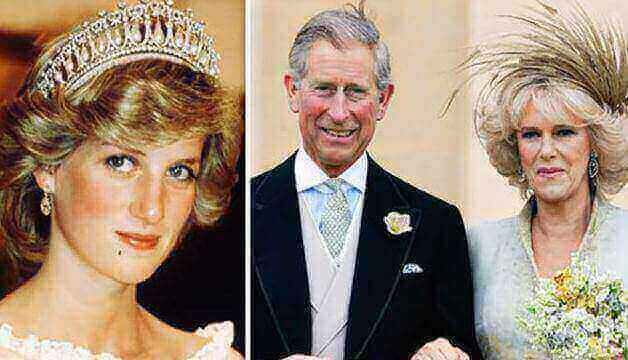Last Updated on: 13th July 2023, 04:29 pm
The Pakistan Economic Survey 2020-21 on Thursday revealed that the tax rate (federal taxes) fell from 10.1% in 2018-19 to 9.6% in 2019-20.
In order to improve the tax rate, according to the Economic Survey, the government is making every effort to improve tax collection through comprehensive tax reforms.
Although the government did not introduce any new taxes in the 2021 budget, the focus is on strict enforcement and monitoring, broadening the tax base, documenting the economy, and introducing technology to identify risk areas to support risk-based auditing.
Also Read: In Between Sindh Protest, NEC approves 4.8% GDP Growth For Coming Fiscal Year
In the past five years, the total tax rate (federal and provincial) ranged between 11.4% and 12.9%. This rate decreased from 11.7% in 2018-19 to 11.4% in 2019-20.
The economic slowdown caused by the COVID-19 pandemic led to a further decline in the tax rate in the 2020 financial year.
Over the years, distorting tax exemptions, concessions, poor enforcement, poor taxpayer compliance, reliance on indirect taxes, and problems with improving tax administration have all impacted the tax rate.
Historically, Pakistan has a narrow tax base as few sectors are under-taxed and some are not at all. There are three major sectors of the Pakistani economy, namely agriculture, industry, and services (as a percentage of GDP), but their tax contributions are not proportional to their economic contribution.
For example, the agricultural sector contributes 19.4 percent of GDP in fiscal 2020, while it contributes less than 2 percent of taxes. For services, transport, storage, and communication, housing and other private services contribute 12.7%, 7.0%, and 11.7%, respectively, to GDP, while their tax contributions are 7.0%, 0.3%, and 8, respectively 4%.
Also Read: Pakistan’s GDP Growth is Expected To Increase 6% By 2023, Says Energy Minister
In contrast, the manufacturing, mining, and quarrying sectors contribute most to taxes relative to their share of GDP, d and 6.0. or 1.2% in the 2020 financial year. This means that taxes in the respective sectors are not fair in relation to their contribution to GDP.
As a result, the tax rate as a percentage of GDP has remained low. Therefore, there is a need to improve the tax rate by increasing the contribution of tax revenues from the sectors with the greatest tax potential.



